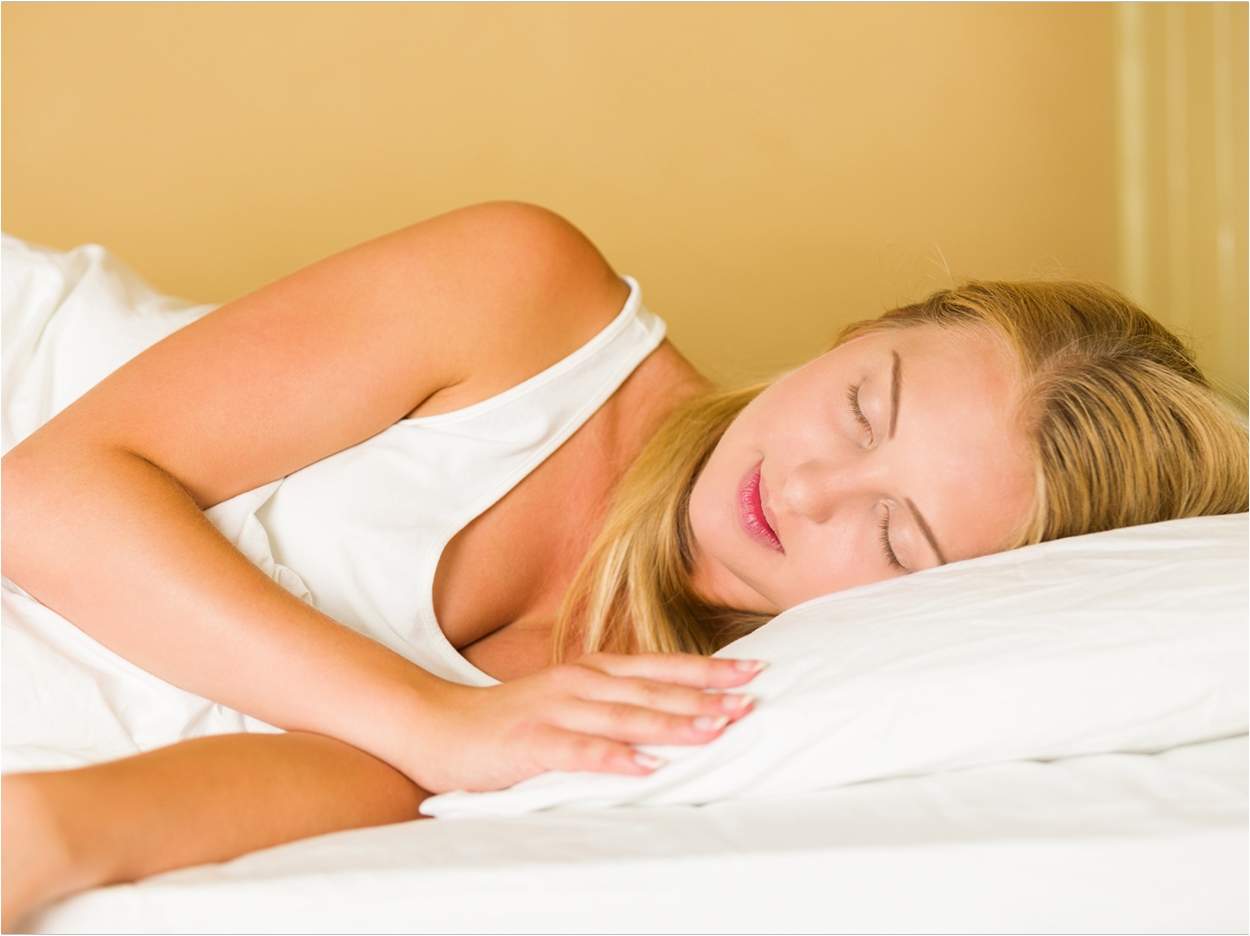
Obstructive sleep apnea affects about 10% of adults, reports the University of California at Los Angeles (UCLA) School of Nursing. Untreated, it can have a negative impact on the neurological system. For women, these impacts can be more severe. For example, the school says that while men are more likely to have sleep apnea, women with sleep apnea have a higher degree of brain injury.
“Because women report different symptoms, they tend to be misdiagnosed,” said Paul Macey, PhD, professor at the school. “Early detection and treatment is the best way to protect against damage to the brain and other organs.”
Researchers at the school examined the medical records and brain scans of 12 women and 36 men who were diagnosed with obstructive sleep apnea and 40 men and 22 women without it. They found several apparent connections between the thinning of the brain’s cerebral cortex and apnea systems as well as distinct changes in brain structures and cognitive symptoms that differed between men and women.
In the frontal lobe, which controls cognitive skills and motor function, more regions appear thinner in women with apnea than men or in the group of patients without sleep apnea. That difference might explain the impact on memory and other mental processes among women with the disorder, Macey said.
The study illustrates the significant clinical differences between men and women with sleep apnea and points to the need for different treatment approaches to address these varied symptoms, the researchers said. The higher degree of brain injury in women may underlie their more common cognitive problems compared to men, they added.
Also, the thinning associated with both men and women who have sleep apnea may be behind the disordered breathing seen between both, the researchers said. It is not clear whether these physical brain changes precede the sleep apnea disorder or worsen sleep apnea’s symptoms as the disorder progresses.
Each study “is like uncovering another piece of what might be going on,” Macey said.
The study, “Obstructive Sleep Apnea and Cortical Thickness in Females and Males,” was published by PLOS One.
Related Articles
Mastery Program to Provide Oral Appliance Therapy Training
Cannabinoid Proves Safe and Effective in Treating Sleep Apnea












